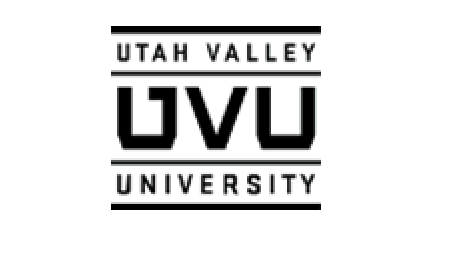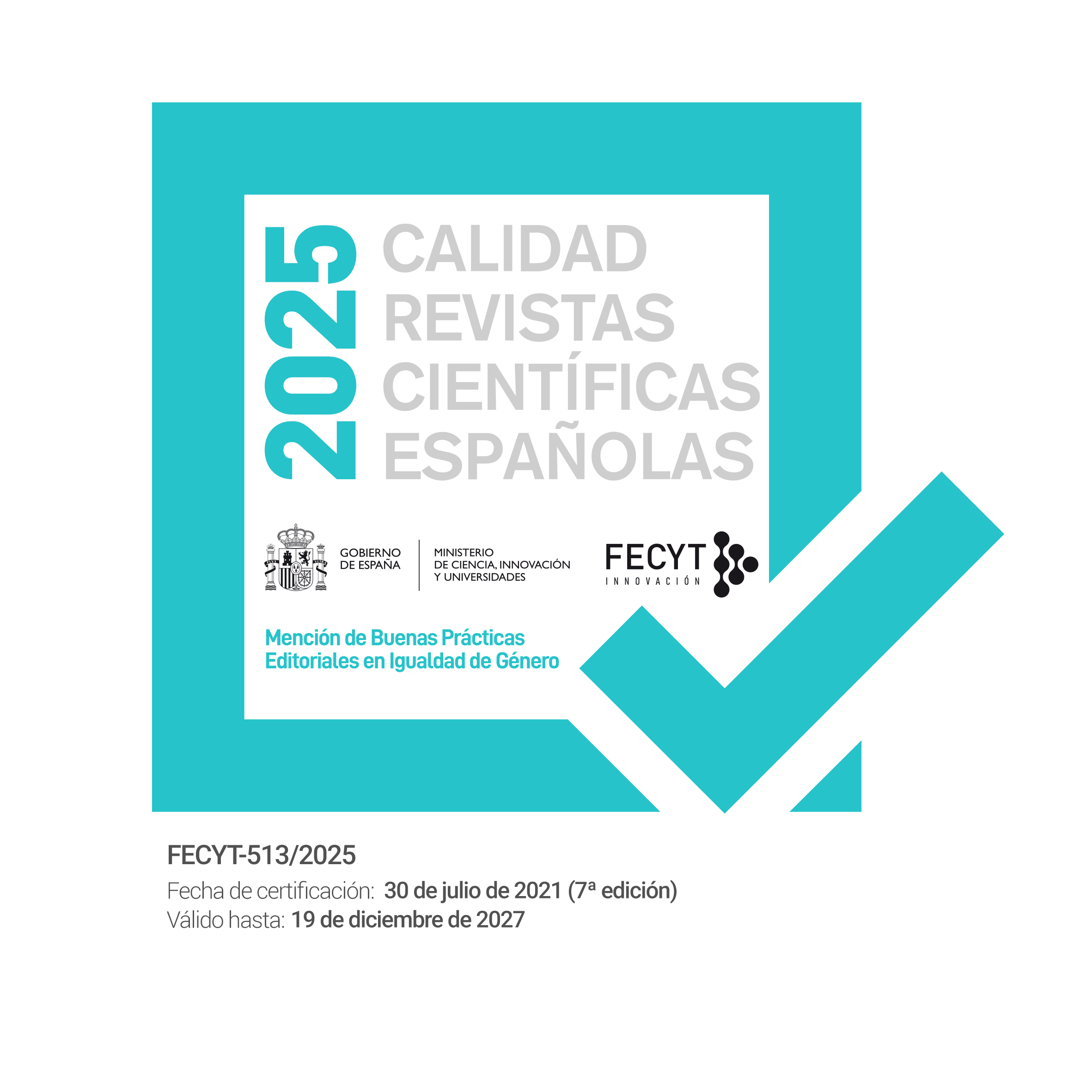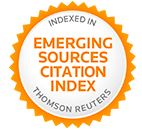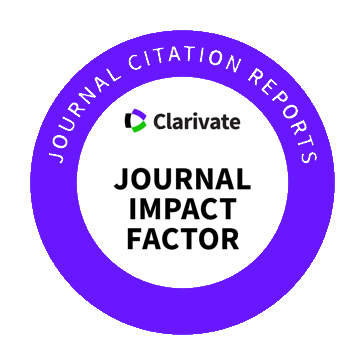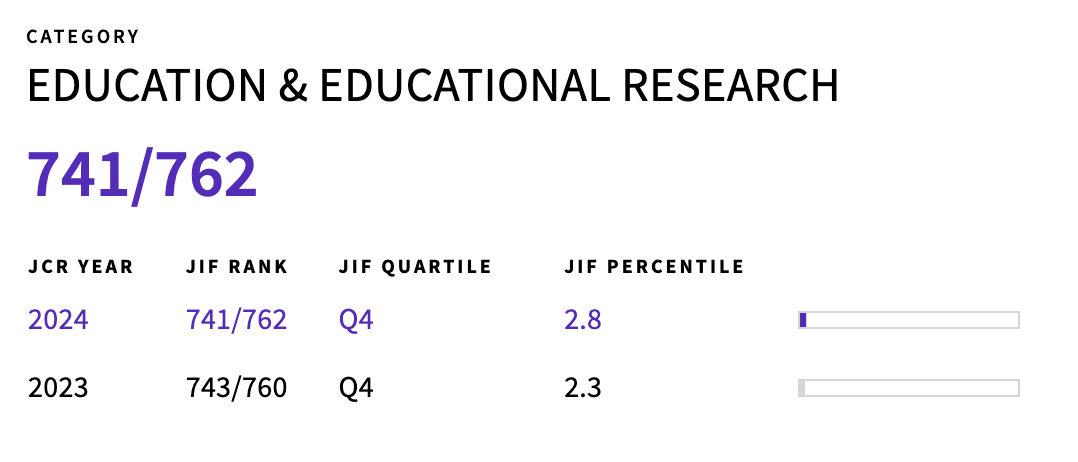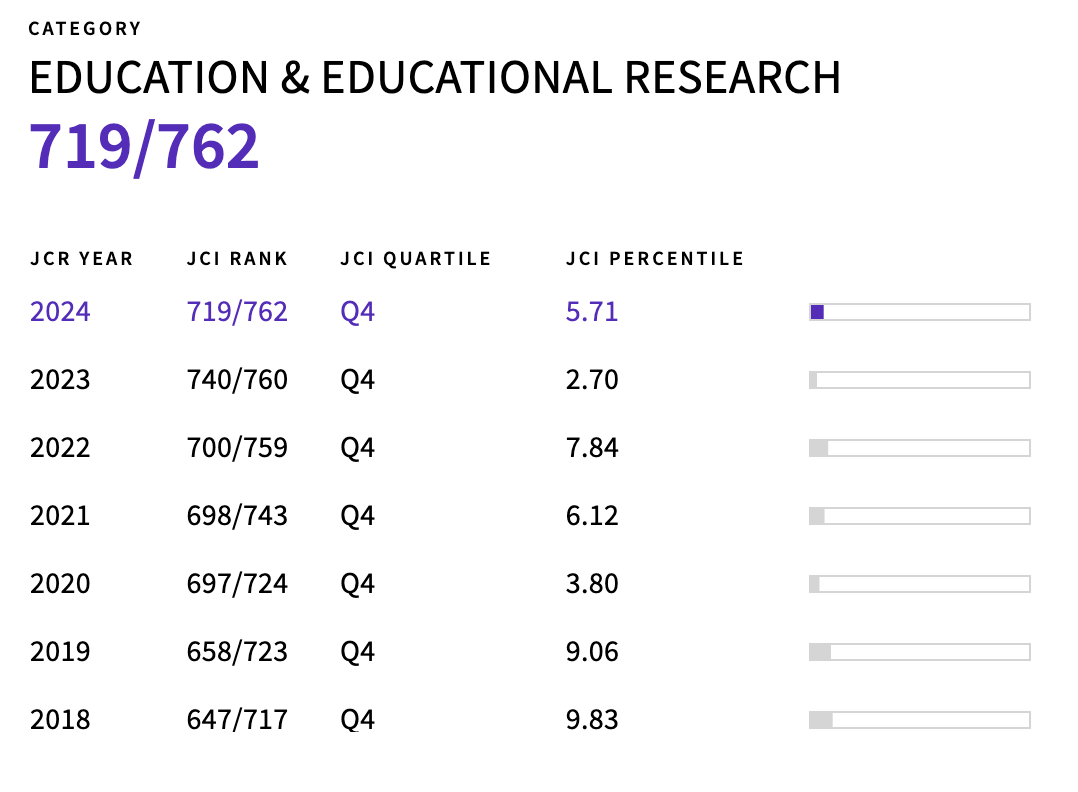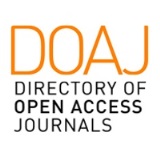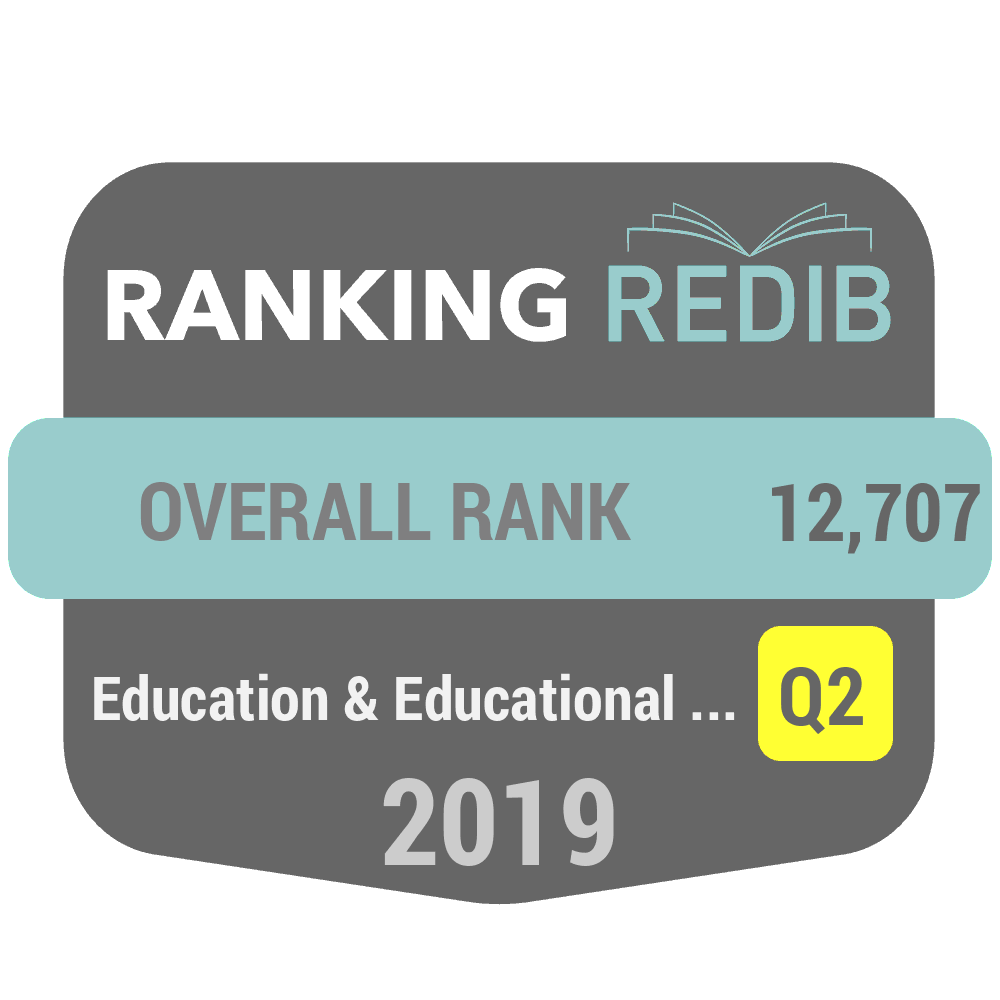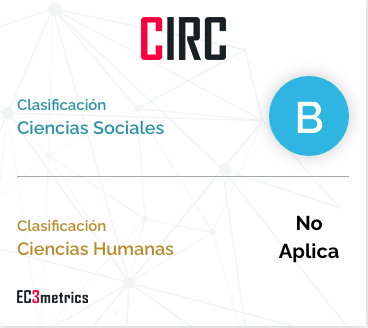Multiple intelligences and integral education at the Adventist University in Bolivia
DOI:
https://doi.org/10.55777/rea.v15i30.4672Keywords:
Education, Multiple Intelligence, TIC, Learning , TeachingAbstract
The aim of this article is to analyse the level of multiple intelligences in students of the Adventist University of Bolivia 2021. The work is based on Gardner's (1983, 2015) Theory of Multiple Intelligences and relates it to White's (2012/1903) integral education. The research offers a quantitative, non-experimental, cross-sectional and descriptive approach. The sample consists of 293 participants out of a population of 424, (153 females and 140 males). The information was collected using an online Multiple Intelligences level questionnaire with an excellent level of reliability (α=0.913). The results achieved show that the students possess all eight multiple intelligences to varying degrees. Bodily-kinaesthetic intelligence reached the highest percentage (77%), while logical-mathematical intelligence the lowest (64%). In conclusion, it is necessary to deepen our knowledge of the multiple intelligences that can favour the integral development of university students.
Downloads
References
Armstrong, T. (2017). Fundamentos de las inteligencias múltiples. Inteligencias múltiples en el aula. (2º Ed.). Paidós Educación.
Cossio, M. E. y Morell, N. (2013). La aproximación a la educación moral. VARONA, Revista Científico-Metodológica, No. 57, 31-35. https://www.redalyc.org/pdf/3606/360634164007.pdf
Fadloli, M.; Sumarti, S. y Mursiti, S. (2021). Exploration of Multiple Intelligences for High School Students in Chemistry Learning in Semarang City. Journal of Innovative Science Education, 10(1), 158-167. https://journal.unnes.ac.id/sju/index.php/jise/article/view/4141
Kühnel, J. (1950). Neubau des Rechenunterrichts [Nueva construction de la arithmetical]. Turm. (El trabajo original publicado en 1916).
Gardner, H. (1983). Estructuras de la mente: la teoría de las Inteligencias Múltiples. Colombia: Fondo de Cultura Económica.
Gardner, H. (1995). Expert performance: Its structure and acquisition: Comment. American Psychologist, 50, 802-803.
Gardner, H. (1999). Intelligence Reframed: Multiple Intelligences For The 21 St Century. New York: Basic Books.
Gardner, H. (2015). Inteligencias múltiples. Culturales Paidós
Giorgis, N. (2007). Perfil de inteligencias múltiples. Boletín Electrónico, 5, 1-6. Universidad Rafael Landivar.
López, R. (1999). Prontuario de la Creatividad.-Bravo y Allende, Editores, Stgo.Chile,
Mahmoudi, S., Jarfari, E., Nasrabadi, H. A., & Liaghatdar, M. J. (2012). Holistic Education: An Aproach for 21 Century. International Education Studies 5 (2), 178-186. https://files.eric.ed.gov/fulltext/EJ1066819.pdf
Montalvo, N. (2021). Educación Integral en el enfoque de Julián De Zebería Samper. [Tesis Doctoral] Universidad Peruana Unión. Lima, Perú.
Mumuni, Y.; Francis, A. y Bethel, A. (2022). Teachers’ Application of Multiple Intelligencie Approach in Teaching Economics. Education Research International. Disponible en https://www.hindawi.com/journals/edri/2022/2875555/
Pari, A.; Villarroel, K. y Da Silva, R. (2022). Innovación educativa con respecto a las Inteligencias Múltiples: un desafío para el profesorado. En Rosalen, Marilena; Pauli, Inés; (Orgs.). Movimentos Docentes: Desafios do retorno presencial e renovações no cotidiano escolar, 211-228. Diadema: V&V Editora.
Pari, A. y Auccahuallpa, R. (2022). La implementacion de GeoGebra por el profesorado ecuatoriano en la ensenanza de las matematicas. Caminhos da educação matemática em revista (online)/IFS, 12(2), ISSN 2358-4750.
Steflitsch, D. (2021). Why (Mathematics) Education in a Democracy Must be Critical Education. In Paul Ernest (Ed.), Philosophy of Mathematics Education Journal, No. 38. Disponible en http://socialsciences.exeter.ac.uk/education/research/centres/stem/publications/pmej/pome38/index.html
White, E. (1974). Conducción del niño. Buenos Aires, Argentina: ACES.
White, E. (1978). La Educación. Buenos Aires, Argentina: ACES.
White, E. (1991). Consejos para los maestros. Buenos Aires, Argentina: ACES.
White, E. (1993a). Mente, Carácter y Personalidad, tomo II. Buenos Aires, Argentina: ACES.
White, E. (1993b). Ministerio de Curación. Buenos Aires, Argentina: ACES.
White, E. (2005). Patriarcas y Profetas. Buenos Aires, Argentina: ACES.
White, E. (2008). La Educación Cristiana. Buenos Aires, Argentina: ACES.
White, E. (2012/1993). La Educación. Buenos Aires: Asociación Casa Editora Sudamericana (El trabajo Original publicado en 1903).
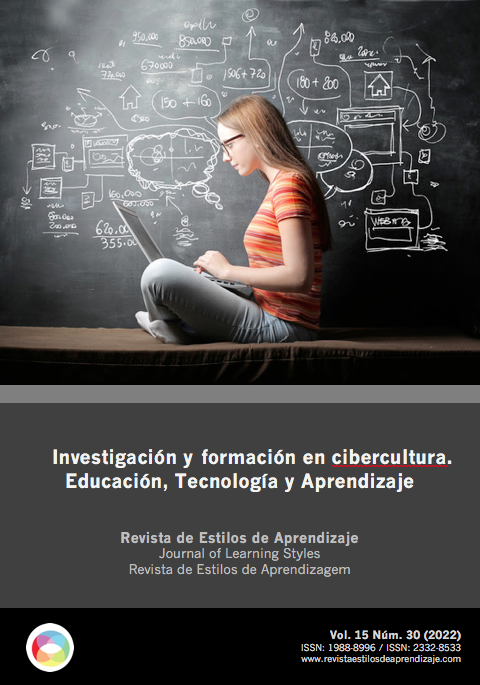
Downloads
Published
How to Cite
Issue
Section
License
By submitting the original, the author(s) declare that they are aware of and accept, in full, the privacy policy as well as the copyright of the Learning Styles Magazine.
The Learning Styles Magazine offers free and open access to its content, completely free of charge, in order to bring scientific research to its readers and society in general. All digital contents are free and open access and are published under a Creative Commons license:

Rights are granted under the Creative Commons Reconocimiento-NoComercial-SinObraDerivada 4.0 Internacional (CC-BY-NC-ND 4.0)
The Learning Styles Magazine is an open access journal. Publication of articles or reviews in the Journal does not entitle you to any remuneration. For authors as well as readers, the journal is free Creative Commons Reconocimiento-NoComercial-SinObraDerivada 4.0 Internacional (CC-BY-NC-ND 4.0).
With this licence, the reproduction and dissemination of the contents of the magazine for educational, social and knowledge transmission purposes is permitted, without any profit motive in mind, provided that the source and authorship are not modified. The licence granted to Learning Styles Magazine allows the copying and distribution of the magazine's contents, as long as the authorship of the work is recognised, correctly specifying the author and the publishing entity. The work may not be used for commercial purposes, nor may it be altered, transformed or generated from this work.
The publication of articles or reviews in the Journal does not give the right to any remuneration.
The Learning Styles Journal invites the author/authors to increase the visibility and scope of their articles published by re-disseminating them in:
- Web spaces and personal networks, as well as in scientific meetings and forums
- Open institutional archives in Universities, educational repositories and Research Centres.
- Academic and scientific networks (Researchgate, Academia.edu, Plubons, etc.)
All these spaces and publications must include all the bibliographic data of the publication.


